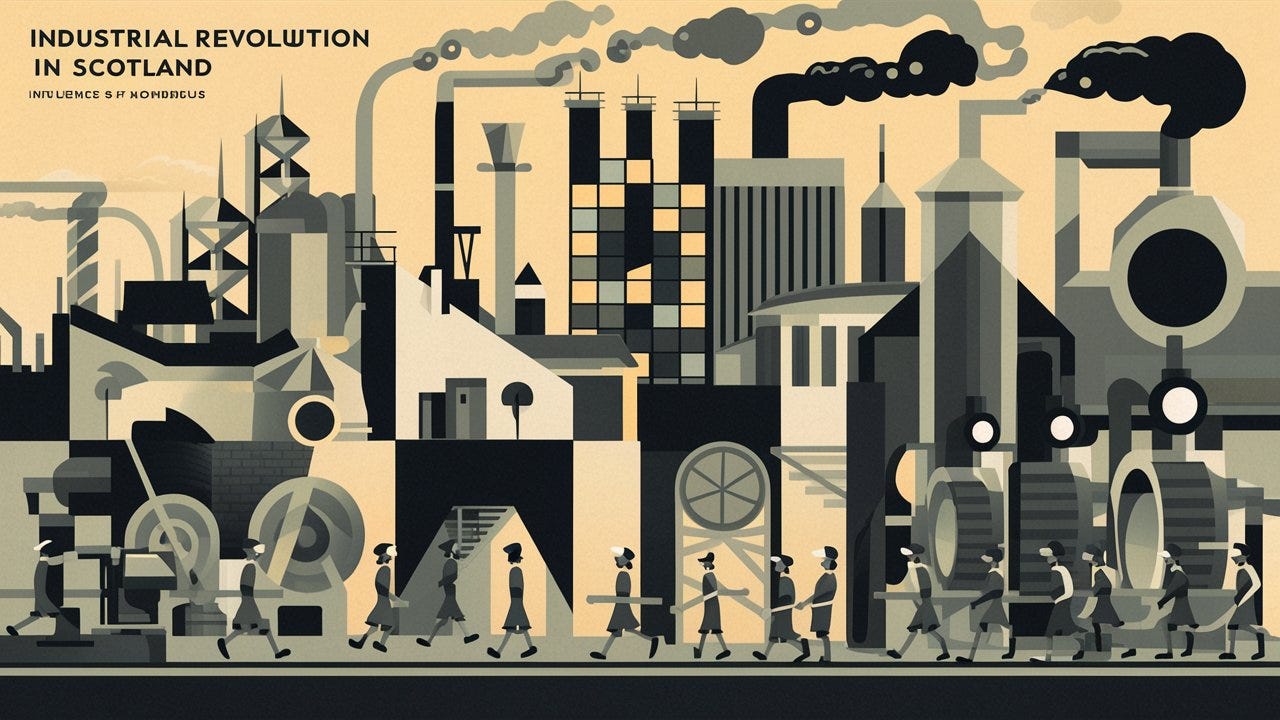A few thoughts on change...
Ai will trigger disruption. Change is the biggest leadership challenge. What can you learn to help navigate change and have fun along the way?
“You cannot control a technology which gets more than a hundred times cheaper to do in half a decade. Not a thing!” Jack Clark
“In preparing for battle I have always found that plans are useless, but planning is indispensable.” Dwight D Eisenhower

Change is the only constant
Change is coming. AI is the catalyst for another wave of tech driven change. Contrary to all the hype, this time it is not different. Three things are the same:
We have an amazing new technology tool that will allow us all to do cool things.
The world will be a better place as a result.
This is going to be fun.
During my working life, I reckon I have lived through at least ten waves of massive disruption: deindustrialisation, the dawn of the PC, the fall of the Berlin wall, the end of apartheid, the rise of China, the first mobile wave, the dotcom boom and bust, the Cambrian explosion of tech in web 2.0, and the smartphone era bringing the internet to billions.
I am old, but I am not that old. Change is a constant, not a new phenomenon. If anything, the pace has slowed in recent years.
What have I learned from that experience? How can you prepare for the change without knowing what will happen next? What can you do to make sure you enjoy the ride?
Navigating change: A few random thoughts
Context is everything and context is scarce.
There are three ways to experience change: the disruptor, the disrupted, the observer. You don’t get to choose between disrupted and observer.
People make change happen and make change stick. You don’t get to control how and when this happens.
Navigate change, don’t manage it.
Transformation programmes don’t work. Just 12% of major change programmes produce lasting results.
AI will be different….transformation programmes and methods still won’t work.
Everyone has known the traditional transformation methodologies and mantras don’t work for at least 30 years. This is the “slow moving train wreck” effect.
Here is a short list of things that do work:
Transformation is part of the business culture. Listen, learn and evolve continuously, building the memory of the future.
Decision making is a learning activity.
People drive change. Learn from your people and build change for your people.
Explicitly manage your organisation’s energy and rhythm.
Aspirations, not goals or targets.
Fund the future properly. You need to invest first to achieve genuine change.
Make it easy.
Make it fun.
Doing the next right thing
There are a thousand methods out there for delivering change. They are all variations on two themes: rigorous plans, measurable goals and careful management against those targets; or aspirational, agile and evolutionary change led by people. The first doesn’t work and the second does.
Everything else is context. What is the right strategy for your business today? What is the next right thing to do? If you are interested in figuring that out, I would love to help. Please get in touch.
Thanks for reading.




Great quote to end that article Kenny. "Thousand methods to deliver change. All a variation on two themes... the rest is context.".
A former client in Denmark (and trained, org psychologist) once told me "we just need to muddle through". An honest observation that leadership rarely wants to hear.
Despite it's validity. Change takes time to process through. Multiplied by people affected and various cultural markers.
And love the list. Is it a simplification to say, at most, you can strive to continuously keep trying to understand the pulse of your people. Then to shape/ influence the space they have to work in. To remove the barriers that make the change harder, unclear and less enjoyable?
I must admit, I do like the Satir change model, and the Beckhard and Harris Change Formula for explaining why it isn't simple or quick or guaranteed.